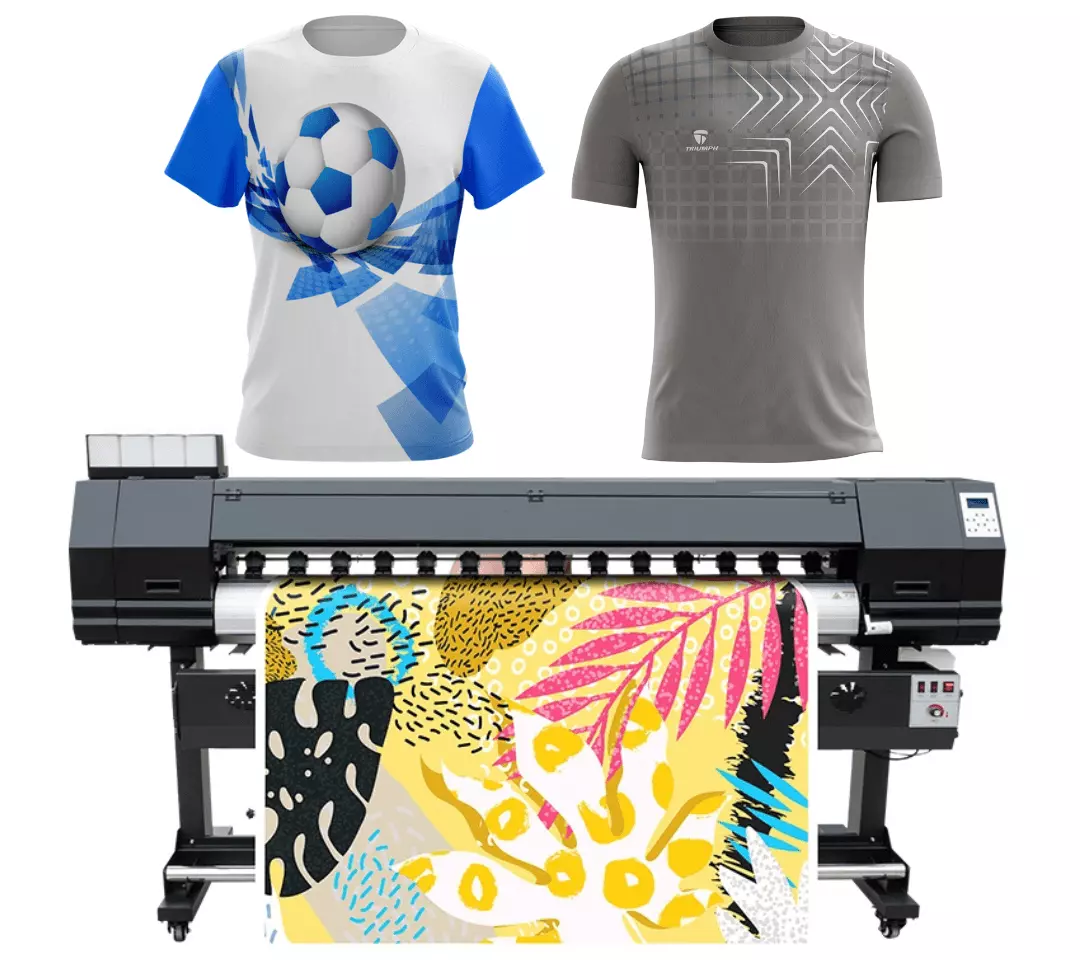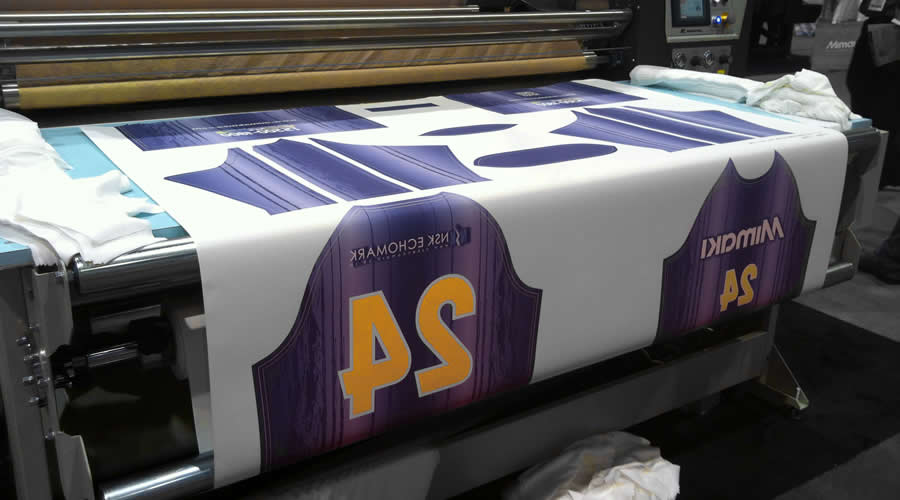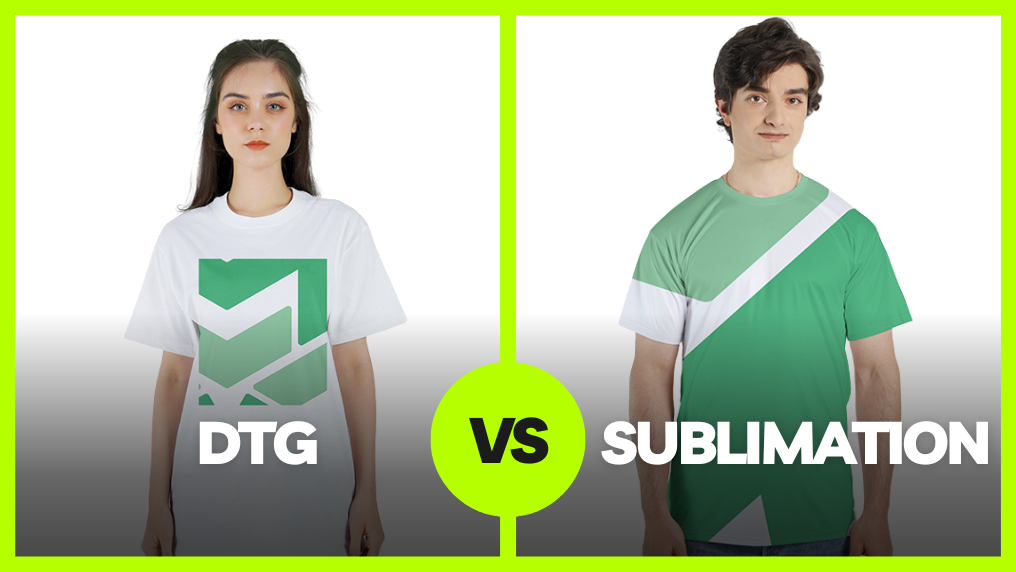Top Fads in Branded Clothing That You Required to Learn about
Top Fads in Branded Clothing That You Required to Learn about
Blog Article
The Rise of DTF Printing: Exploring Its Applications and advantages
The development of Direct to Film (DTF) printing innovation is transforming the custom fashion industry, offering noteworthy benefits and a large range of applications. Its unique capacity to create premium, vibrant prints on numerous materials without the requirement for pre-treatment significantly maximizes production procedures and enhances functional efficiency. DTF printing's versatility to both big and little production runs makes it an appealing alternative for creating personalized products, such as sports team attires and business promotional product. As the appetite for custom-made products continues to expand, comprehending just how DTF printing can satisfy these evolving requirements is increasingly vital.

Comprehending DTF Printing Innovation
Recognizing DTF Printing Technology notes a significant improvement in the fabric printing market, especially for its convenience and effectiveness. Direct-to-Film (DTF) printing is an advanced procedure that involves printing designs onto special transfer movies, which are after that moved onto textile using warmth and stress. Unlike standard approaches, DTF printing does not need pre-treatment of the textile, making it possible for an extra structured operations.

Once cured, the movie is put onto the material, and a warmth press transfers the style by applying regular heat and pressure. This causes dynamic, premium prints that adhere effortlessly to different fabric types, consisting of cotton, polyester, and blends (Branded clothing). The innovation's capability to create brilliant and elaborate designs with marginal configuration makes it a game-changer in the fabric printing sector
Key Benefits of DTF Printing
One of the vital benefits of DTF printing is its remarkable adaptability, which enables top notch prints on a vast array of material kinds. This ability prolongs beyond traditional cotton to include polyester, nylon, natural leather, and even mixed fabrics, making it optimal for diverse textile applications. This flexibility reduces the need for several printing modern technologies, streamlining manufacturing processes and reducing general expenses.
Another substantial advantage is the premium print high quality that DTF technology supplies. By using dynamic, long lasting inks and precise application methods, DTF prints keep their color integrity and sharpness also after numerous cleans. This results in a product that not only looks specialist however likewise stands the examination of time, providing consistent value to both makers and end-users.
Additionally, DTF printing supplies a simplified operations, which can lead to increased effectiveness and performance. Unlike traditional techniques such as display printing, DTF does not call for intricate setup or comprehensive drying out times. This ease of use makes it an attractive option for companies of all sizes, permitting quicker turn-around times and the capability to manage little to big manufacturing runs with minimal headache.
Applications in Personalized Apparel
In the world of personalized apparel, DTF printing stands out as a game-changing modern technology that makes it possible for suppliers and developers to create bespoke clothes with unrivaled information and high quality. Direct-to-film (DTF) printing has revolutionized the personalized fashion industry by supplying flexibility in style, brilliant color reproduction, and toughness. This cutting-edge approach enables detailed layouts to be moved onto a large range of textiles without jeopardizing the integrity of the product.
One considerable application of DTF printing remains in producing custom-made tees, hoodies, and sportswear. The capability to print complex graphics with great information and gradients makes it excellent for tailored clothes, such as group uniforms and advertising product. Additionally, DTF printing is particularly useful for limited-run orders and one-off pieces, offering a reliable and affordable option compared to conventional display printing approaches.
In addition, DTF printing has opened up new avenues for stylist to explore distinct patterns and appearances, allowing the production of cutting-edge, progressive collections. This technology likewise sustains small companies and independent musicians by decreasing the barriers to entry in the personalized garments market. Inevitably, DTF printing is reshaping the landscape of personalized apparel, combining artistic expression with technological development.
Convenience Across Different Products
Structure on the improvements in custom-made apparel, DTF printing's flexibility across different materials further enhances its charm. Unlike traditional printing methods, DTF (Direct-to-Film) printing can be put on a comprehensive variety of substrates, including cotton, polyester, blends, leather, and even tough surface areas like timber and glass. This flexibility is attained through the distinct procedure where layouts are published onto a special movie and afterwards try here moved onto the product utilizing a warm press. This permits dynamic, top notch prints that maintain their honesty throughout various appearances and structures.
The capability to print on varied materials opens numerous opportunities for companies throughout various industries. In the promotional items sector, business can tailor a broad selection of items, from lug caps and bags to mugs and phone situations, all with the exact same printing technology. In the fashion business, DTF printing makes it possible for developers to try out detailed patterns and dynamic colors on unusual fabrics, pushing the borders of creative thinking.
Additionally, DTF printing's their website compatibility with different materials additionally equates to cost-efficiency and decreased waste, as makers can make use of the same devices for numerous applications. This versatility not only widens the scope of product offerings however additionally boosts operational effectiveness.
Future Potential Customers of DTF Printing
As the market evolves, the future leads of DTF printing are poised to change different industries via continuous technology and technological improvements. The rise sought after for customized apparel and marketing items is driving the need for more efficient, versatile, and cost-efficient printing approaches. DTF printing, with its capacity to create high-quality, durable prints on a large range of products, stands at the center of this makeover.
Arising trends show that DTF printing will increasingly integrate with automation and AI modern technologies, improving manufacturing speed and decreasing labor prices. Advanced software options will certainly even more enhance design precision, shade matching, and print uniformity, attending to a few of the current constraints. Additionally, green inks and recyclable transfer films are anticipated to get grip, aligning with global sustainability goals.
Industries past fabrics are also exploring the potential of DTF printing. The modern technology's versatility makes it suitable for applications in home décor, auto insides, and also clinical gadgets. As r & d efforts remain to increase, the extent of DTF printing will likely broaden, opening new opportunities for innovative and commercial applications. In recap, the future of DTF printing is intense, encouraging considerable advancements and more comprehensive sector adoption.
Verdict

Recognizing DTF Printing Technology marks a considerable innovation in the fabric printing sector, especially for its flexibility and performance. Direct-to-Film (DTF) printing is a sophisticated process that involves printing styles onto special transfer movies, which are then moved onto material making use of heat and pressure. DTF printing is particularly beneficial for one-off pieces and limited-run orders, supplying a economical and reliable service contrasted to traditional screen printing approaches.
Unlike typical printing techniques, DTF (Direct-to-Film) printing can be used to a considerable range of substrates, consisting of cotton, polyester, blends, leather, and also difficult surfaces like timber and glass.DTF printing innovation is changing the personalized clothing sector by supplying efficient, economical, and flexible remedies for producing vivid layouts on different fabrics without pre-treatment.
Report this page